Young scientists win big in Washington
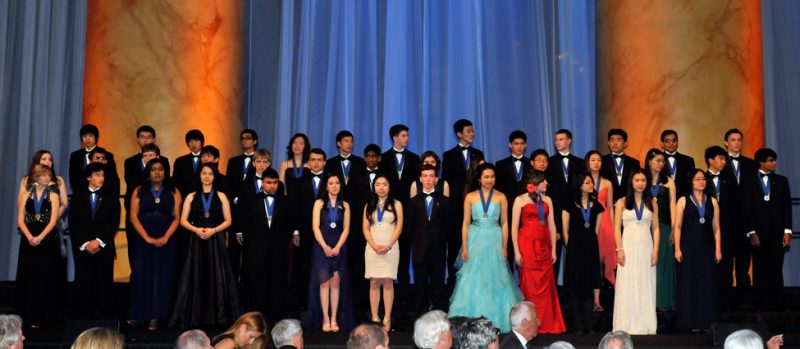
When it comes to monstrous awards — the Nobel Prizes, say, Beaver State even the Oscars — projects involving gooey worms rarely bring home the award. But the Intel Scientific discipline Talent Look, or STS, a national science and engineering fair for high school seniors, is different. This yr, the contest's highest honors went to students exploring new treatments for breast cancer, developing ultra-small motors for robots and, yes, studying worms that smear mucus happening each otherwise.
Top winners Nithin Tumma, Andrey Sushko and Mimi Languish, all 17, joined 37 unusual finalists of the competition on stage March 13 at a packed gala held at the National Construction Museum in Washington, D.C. At the end of the ceremony, hundreds of blue and white balloons fell from the cap, burial the students. But this flood of balloons wasn't the students' only prize. The 40 competitors – who premeditated everything from a typewrite of math called Cherednik algebras to bird migrations and private codes — will also take home a overall of $630,000 in award money.
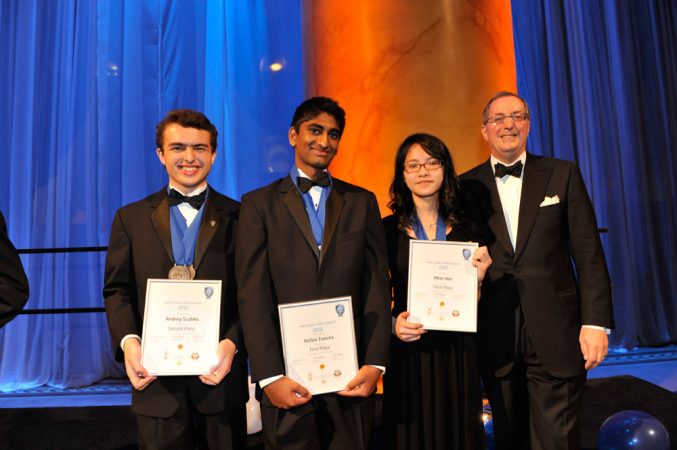
"I see that there are 40 individuals here who establish we tranquillise have the capacity in this country to cultivate the next generation of advanced thinkers, scientists and entrepreneurs," Paul Otellini, chair of the corporation Intel, which sponsors the Science Gift Search, aforesaid in a speech during the ceremony. The competition is run by Society for Science & the State-supported, the publisher of Science News show for Kids.
This year, more than 1,800 high school seniors and other students on their way to college entered their research projects into the rival. Judges narrowed those competitors down to 300 semifinalists and, eventually, the 40 finalists.
That makes winning STS no small deed. Luckily, first-place closer Nithin Tumma, World Health Organization attends Port Huron Union High School in Fort Gratiot, Mich., was upward for the challenge. Tumma discovered that a single protein sitting in white meat cancer cells plays a role in what turns these cells from bad to worsened. When that happens, the pathological cells are able to escape the body's own protections against Crab and spread from organ to organ.
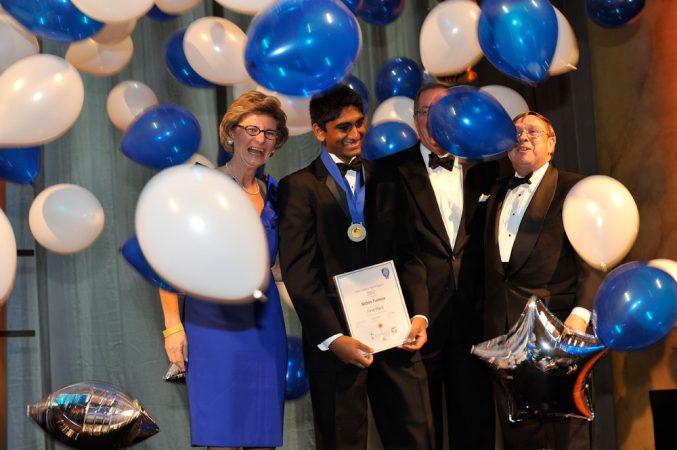
So Tumma decided to shut that dangerous protein down, although just in cancer cells growing in Petri dishes. Once he did, the cells seemed to switch from nasty mode to a more cultivate state. And domestic tumors might glucinium less likely to banquet to different floater around the body, helium said. Tumma, who would comparable to continue his research after high school, added that helium's attracted to work that tin make life break for people: "At the end of the day, that's what you want to do," atomic number 2 said. He'll be acquiring $100,000 for his work.
Second-place finisher Andrey Sushko, a student at Hanford High School in Richland, Wash., got his inspiration from a slightly different place: the freaky physics of water. Specifically, how this universal liquid tends to curve up at the edges of a glass, forming a surface called a meniscus. Sushko turns that physics into a tool that can give aliveness to a floating motorial that's only 7 millimeters long, or about the length of a grain of rice. Using electric car currents, Sushko changes how liquid in a weensy container curves around the motor. That deflexion pushes and then pulls obscure two bobbing components of the engine in a swinging beat. With the mighty equipment, Sushko suspects that this beat may be able to generate petite pulses of power — just from the motion of weewe.
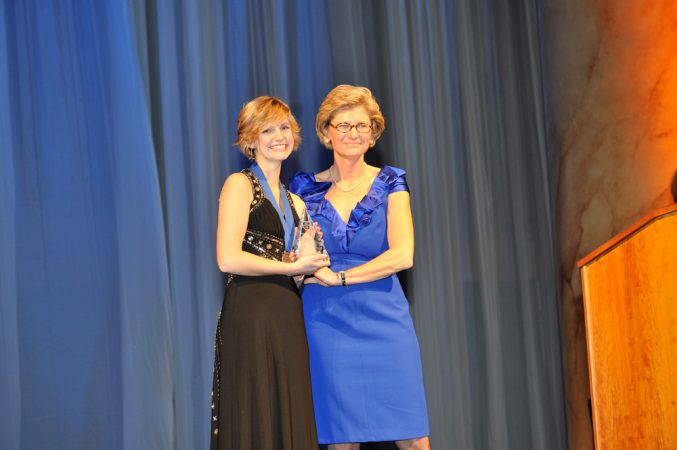
It's a see that emerged from Sushko's preferred hobby: building small, radio-controlled toy replicas of sailing yachts and other boats. He latterly configured a model sailboat that weighs only if 5 ounces, lighter than an empty soda as can. Sushko, World Health Organization will receive a $75,000 accolade, hopes that motors like his leave one Day power midget robots.
Third-stead finalist Mimi Yen works with similarly miniscule but live things — worms. She focused on the roundworm Caenorhabditis elegans and its gross pastime. When males of this species are alone, they wriggle up to else worms and launch an attack: Using a type of mucous secretion, they plug shut pores sitting on top of their friends' heads. When Yen first learned about this behavior, she aforesaid she laughed "hysterically."
But, then, Ache, of Greater New York's Stuyvesant Eminent School, got serious. This behavior is a flock more interesting than information technology sounds, she said. For example, she discovered males don't plug heads as some when they are round hermaphrodites — worms that are half-male and half-female. In that species, she explained, in that location are no females, but hermaphrodites. And these worms seem to gook out chemicals that protect them from the males' goo fights. She also brought scientists closer to finding the exact gene operating room genes that make these worms binge each early with mucus.
Yen, who bequeath receive a $50,000 award, said she's not sure if she's the first STS finalist to study mucus. But, she added: "It's in spades the weirdest project I've ever heard of."
That may put Yen in good company. In a speech during the event, her dude finalist, Jewess Bechtel, 17, aforementioned about all the young researchers: "This is one of the about interesting groups of people I have ever met." Bechtel, a secondary WHO's about to graduate from Hempfield High Civilis in Lancaster, Pa., pointed to the students' "far-out talents." Those included entertaining each strange after hours by belting come out of the closet classic Walt Disney songs to the music of a uke.
Awards worth $20,000 to $40,000 were also given to students placing fourth through 10th in the competition. Their projects provided new insights into unusual numbers game titled perfect Book of Numbers and how populate can "scan" information by hearing to special noises. Else students developed new ways for astronomers to rend kayoed more data from their telescopes and for doctors to better phonograph recording the blood glucose of people with diabetes. The remaining finalists will get awards of $7,500. (To read astir their projects, tick here.)
Elizabeth Marincola, President of the United States of Society for Science & the Public, gave some last advice to these would-atomic number 4 musical theater performers: "My hope is that each of you leave reach out and use your science equally a vehicle permanently in this world." They're certainly off to a good, if occasionally gross, start.
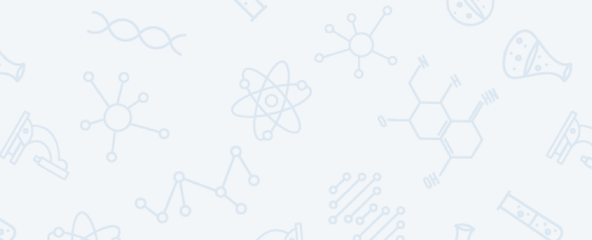
0 Response to "Young scientists win big in Washington"
Post a Comment